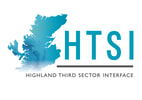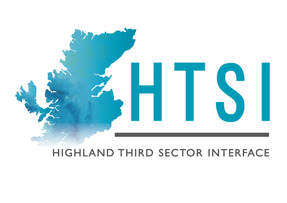sk assessments are designed to plan ahead for potential situations that could go wrong. Once you have identified any risks to your volunteers, a plan can be implemented to avoid or reduce the impacts. It is not always possible to plan for every eventuality, however it is perfectly reasonable to consider every foreseen possibility and then take adequate action to protect your volunteers, your service users and your organisation from harm.
Some examples of risk and possible mitigation measures include:
Risk - Volunteers misinterpreting instruction and misrepresenting the organisation.
Mitigation measures – Ensure adequate support and supervision is ongoing.
Risk – Volunteers contracting or spreading an infection from or to a service user or beneficiary.
Mitigation measures – Ensure volunteers have sufficient training in infection control, protective clothing and equipment appropriate to the role they are operating in.
Risk – Volunteers acting out-with their authorised role and taking advantage, or being taken advantage of in a crisis situation.
Mitigation measures – Build strong relationships with volunteers, get to ‘know’ them as well as is possible. Also ensure you have procedures in place to gather service-user feedback on a regular basis, ensure vulnerable people know what processes are in place to report unwanted or concerning behaviour and that confidentiality is protected and respected.
Some examples of risk and possible mitigation measures include:
Risk - Volunteers misinterpreting instruction and misrepresenting the organisation.
Mitigation measures – Ensure adequate support and supervision is ongoing.
Risk – Volunteers contracting or spreading an infection from or to a service user or beneficiary.
Mitigation measures – Ensure volunteers have sufficient training in infection control, protective clothing and equipment appropriate to the role they are operating in.
Risk – Volunteers acting out-with their authorised role and taking advantage, or being taken advantage of in a crisis situation.
Mitigation measures – Build strong relationships with volunteers, get to ‘know’ them as well as is possible. Also ensure you have procedures in place to gather service-user feedback on a regular basis, ensure vulnerable people know what processes are in place to report unwanted or concerning behaviour and that confidentiality is protected and respected.
Key points
- Risk assessments for volunteers are essential.
- Draw up a plan of potential risks, enlist your board and other stakeholders to help with this
- Think of measures that need to be implemented to minimise identified risks
- Put a plan in place for volunteers and service users that outlines your risk assessment
- Outline the measures that are necessary to reduce or eliminate risk where possible.
Links for more information
Risk assessment and volunteers
An excellent tool for identifying and managing risk.
https://www.volunteernow.co.uk/app/uploads/2019/10/Risk-Assessment-Volunteering-Information-Sheet.pdf
Managing low risk – what voluntary organisations need to do. If your organisation is an employer.Advice and a risk checklist for community groups such as village halls.
https://www.hse.gov.uk/voluntary/manage-low-risk.htm
Risk assessment and volunteers
An excellent tool for identifying and managing risk.
https://www.volunteernow.co.uk/app/uploads/2019/10/Risk-Assessment-Volunteering-Information-Sheet.pdf
Managing low risk – what voluntary organisations need to do. If your organisation is an employer.Advice and a risk checklist for community groups such as village halls.
https://www.hse.gov.uk/voluntary/manage-low-risk.htm

